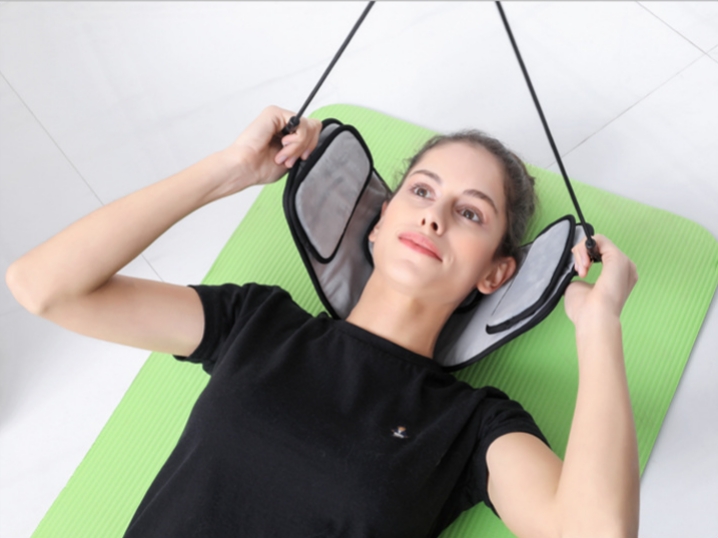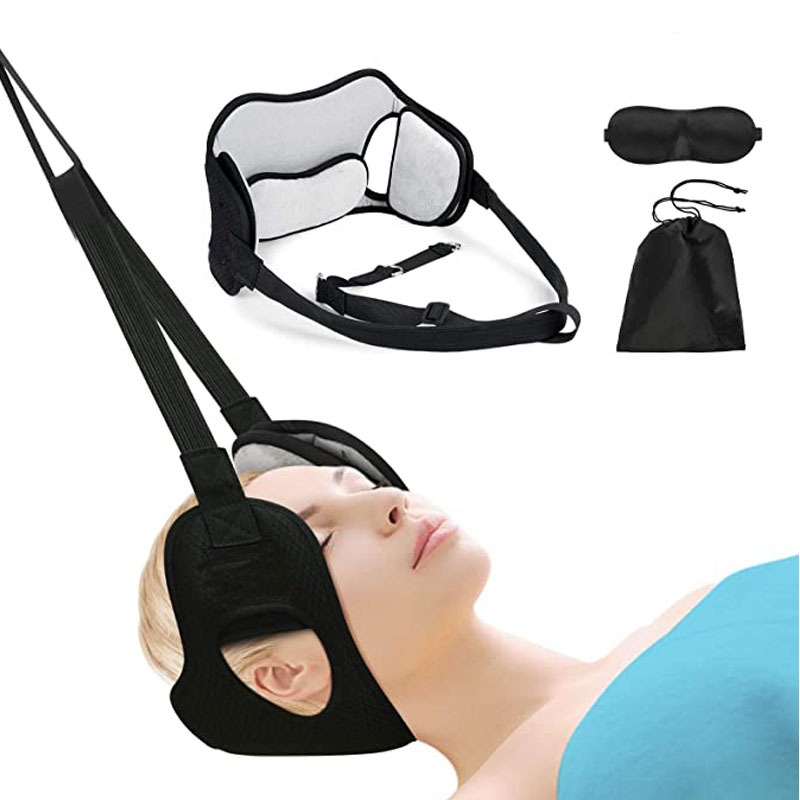
Keeping It Fresh: Maintenance and Cleaning Tips for Your Neck Hammock
Your Neck Hammock provides natural traction to decompress your spine and relieve neck pain. With regular use, it can give you years of relief. But

If you suffer from chronic neck pain, you’ve likely tried various treatments seeking relief. While traditional therapies like medication, physical therapy, chiropractic care, and surgery can help manage symptoms, they all have significant drawbacks. A relative newcomer, the Neck Hammock, has become a popular natural alternative without the downsides.
But how does this simple traction device stack up against traditional options? This guide examines the pros and cons of each to help you choose the best solution.

The Neck Hammock is a padded hammock that provides gentle cervical traction using your own body weight. Lying back with your neck extended decompresses vertebrae and stretches muscles. Regular use can realign the spine and reduce pain.
For mild to moderate neck pain from muscle tightness, poor posture, and disc issues, the hammock provides an affordable traction option with minimal cons.
Pain medications from over-the-counter NSAIDs to prescription narcotics can temporarily reduce neck pain and inflammation. However, long-term use has significant health risks.
Medication should only be used short-term and cautiously due to dependence risks and organ damage. The hammock is a safer long-term option.

Physical therapists prescribe gentle stretching and strengthening exercises tailored to each patient. Massage, traction, ultrasound, etc may also be used.
Physical therapy is an excellent way to improve neck mobility but requires continued visits. The hammock provides traction at home to complement PT.
Chiropractors manually manipulate restricted joints and realign vertebrae. May be combined with exercises or devices that mobilize the neck.
Chiropractic can realign joints and reduce pain short-term but carries risks. The hammock provides gentle realignment over time without abrupt manipulations.
If more conservative options fail, spinal fusion or artificial disc replacement surgeries may be considered for severe disc herniation or bone spurs.
Surgery should be a last resort. Using a hammock first may help avoid surgery by gently realigning the spine over time.
Improving posture, sleeping position, ergonomics and managing stress can prevent ongoing neck strain.
Making lifestyle changes enhances any medical therapy. The hammock gently retrains the neck into better alignment.
There is no single best treatment for everyone with neck pain. Consider the pros, cons and cost of each therapy and how it aligns with your lifestyle, condition severity, and willingness to commit to treatment.
For mild to moderate cases, the Neck Hammock offers an affordable traction option to use at home with minimal side effects. It is worth trying before considering more invasive, expensive therapies. Even with severe neck problems, using a hammock first may enhance recovery from medical procedures.
Discuss integrating neck hammock traction into your pain management plan with your doctor. With diligent use, the hammock can reduce pain and improve mobility – often more effectively than traditional options alone.

If you and your doctor decide to try neck traction with a hammock, here are some tips to get started:
Even after one session, you may feel your neck decompress and muscles relax. Commit to daily use and you could soon be living pain-free!
Don’t endure endless suffering and risks trying to treat neck pain. A simple traction hammock may be the safe, affordable and effective solution you’ve been searching for.


Your Neck Hammock provides natural traction to decompress your spine and relieve neck pain. With regular use, it can give you years of relief. But

The Neck Hammock gently tractions your neck to provide decompression and realignment. When used properly, it is a very safe method for relieving neck pain.

The Neck Hammock is a surprisingly simple but highly effective device for alleviating neck pain. This gently stretching hammock utilizes your own body weight to

The Neck Hammock has become a popular solution for relieving neck pain and tension. But how does lying back in a hanging hammock provide such

Your Neck Hammock provides natural traction to decompress your spine and relieve neck pain. With regular use, it can give you years of relief. But

If you suffer from chronic neck pain, you’ve likely tried various treatments seeking relief. While traditional therapies like medication, physical therapy, chiropractic care, and surgery

The Neck Hammock gently tractions your neck to provide decompression and realignment. When used properly, it is a very safe method for relieving neck pain.

The Neck Hammock is a surprisingly simple but highly effective device for alleviating neck pain. This gently stretching hammock utilizes your own body weight to
Copyright © 2024 easenestneckhammock. All Rights Reserved.